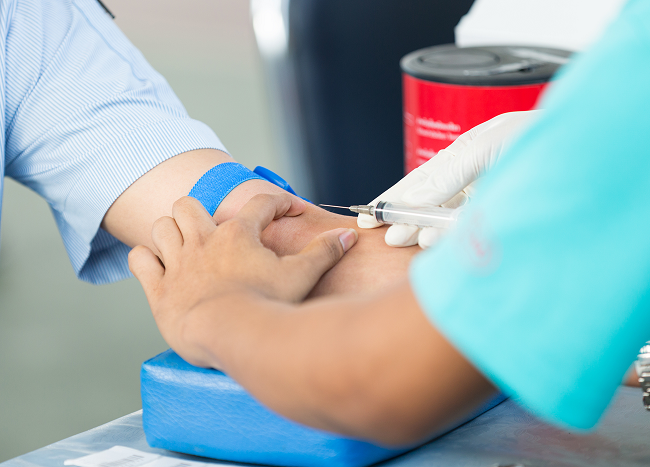Prostate cancer is the most common cancer among men in the U.S. with approximately one in every six men developing it in his lifetime. But with early detection and treatment, the survival rate is almost 100%. So, how can we detect prostate cancer earlier and with a higher level of certainty?
Men who exhibit symptoms of prostate problems, such as trouble urinating, pelvic discomfort, or erectile dysfunction, may be given a prostate-specific antigen (PSA) test to measure the blood level of a particular protein produced by the prostate gland. A PSA level of 4.0 ng/mL and below is considered normal, however, many factors — besides prostate cancer — can contribute to fluctuating PSA levels. For example, a prostate infection (prostatitis) can raise PSA levels. Yet, prostatitis can be caused by urinary tract infections, an enlarged prostate, or prostate cancer.
The pros and cons of PSA testing:
Pros:
- Early detection of prostate cancer.
- Early treatment can help slow the spread of the disease.
- Treatment may help increase the survival rate.
Cons:
- A normal PSA test might miss some cancers.
- The test may indicate a false positive — causing stress, worry, or an unnecessary biopsy.
According to the National Cancer Institute, more than one million men in the U.S. per year have prostate biopsies due to elevated PSA results, but only 25% actually have prostate cancer. The Academic Urologists at Erlanger Health System are using a new test to help narrow the gap between cancer cases discovered versus biopsies performed. This noninvasive blood test is called the prostate health index (PHI).
PHI is the only FDA-approved blood test proven to be 3x more effective than a PSA test, and Erlanger’s urologists are the only ones in the area using it. Combining the two other common tests: PSA and percentage of free PSA with a test for p2PSA — the most prostate-cancer-specific protein form — PHI increases specificity of PSA relative to prostate cancer from 8% to 26%. This increased specificity means fewer unnecessary biopsies.
The less-invasive PHI test combined with active surveillance can help alleviate some of the worry from prostate cancer screening. While only one in 10,000 men will be diagnosed with prostate cancer, one in every 15 men over age 60 will be diagnosed. So, it is recommended that regular prostate screening begin at age 55. If you have any of the following risk factors, it’s important to consider getting screened sooner for prostate cancer:
- African American
- Family history
- Obesity
- Prostatitis
To make an appointment with any of the Academic Urologists at Erlanger Health System, please call 423-778-2564.







